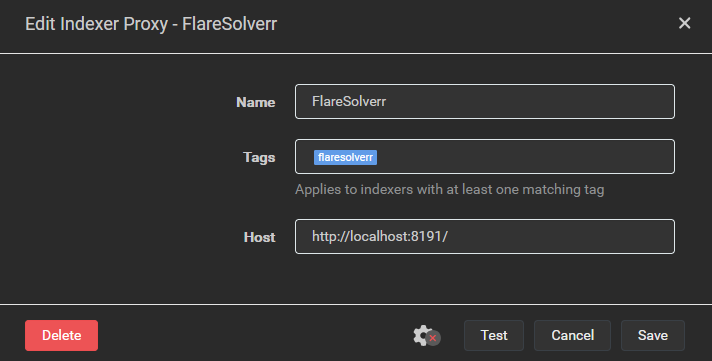

Tl;Dr the protocol requires there to be trusted token providers that issue the tokens. Who do you suppose are the trusted providers in the Google and Apple implementations? Google and Apple respectively, of course. Maybe eventually there would be some other large incumbents that these implementers choose to bless with token granting right. By its nature the protocol centralizes power on the web, which would disadvantage startups and smaller players.












Is it exploitation? I’d argue slave or prison labor is exploitation because the workers have no freedom of choice. Bees are free to leave, and the queen will in fact do so if not content with the conditions in the hive. If the queen leaves, all of the bees will swarm with her and you’d be left with an empty box.
Beekeeping strikes me more as symbiosis. The beekeeper provides ideal conditions, far better than the average location that would be found in the wild, and can help protect the hive against threats like mites. In exchange the beekeeper receives a share of the honey produced by the hive.
No beekeeper takes all of the honey from the hive. Only the top box (the “honey super”) of a typical hive stack is harvested. A grate below the top box (a “queen excluder”) prevents the queen from entering it so no larva are laid in the top box. The workers bee are smaller and can pass through the grate to build out comb and produce honey. The comb and honey in the bottom boxes are left to the hive to feed its workers and produce the next generation of bees, ensuring the survival of the hive.
A queen excluder cannot be used to prevent swarming long-term as the drones that gather the pollen also won’t for through the grate! An excluder might be used to delay swarming and buy time so the beekeeper can offer another solution, like adding more boxes to the hive or splitting it into two hives. Better beekeepers proactively manage their hives, e.g. by setting up an empty hive in advance to essentially offer a swarming hive a new ideal home whenever they’re ready for it.